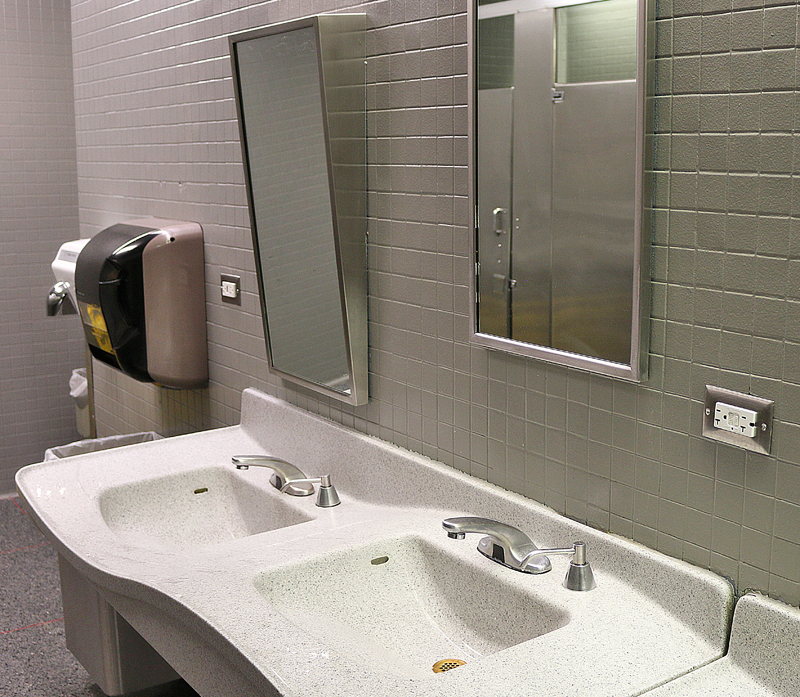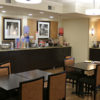Note: This article was originally published on Sunday, June 7, 2020 at 10:03 in the morning and has been updated.
Some people have a fear — or, at least, perhaps some trepidation — as they may believe that safe public washrooms do not exist; and using one could lead to potential consequences to otherwise good health.
Safe Public Washrooms? No Special Gadgets are Needed…
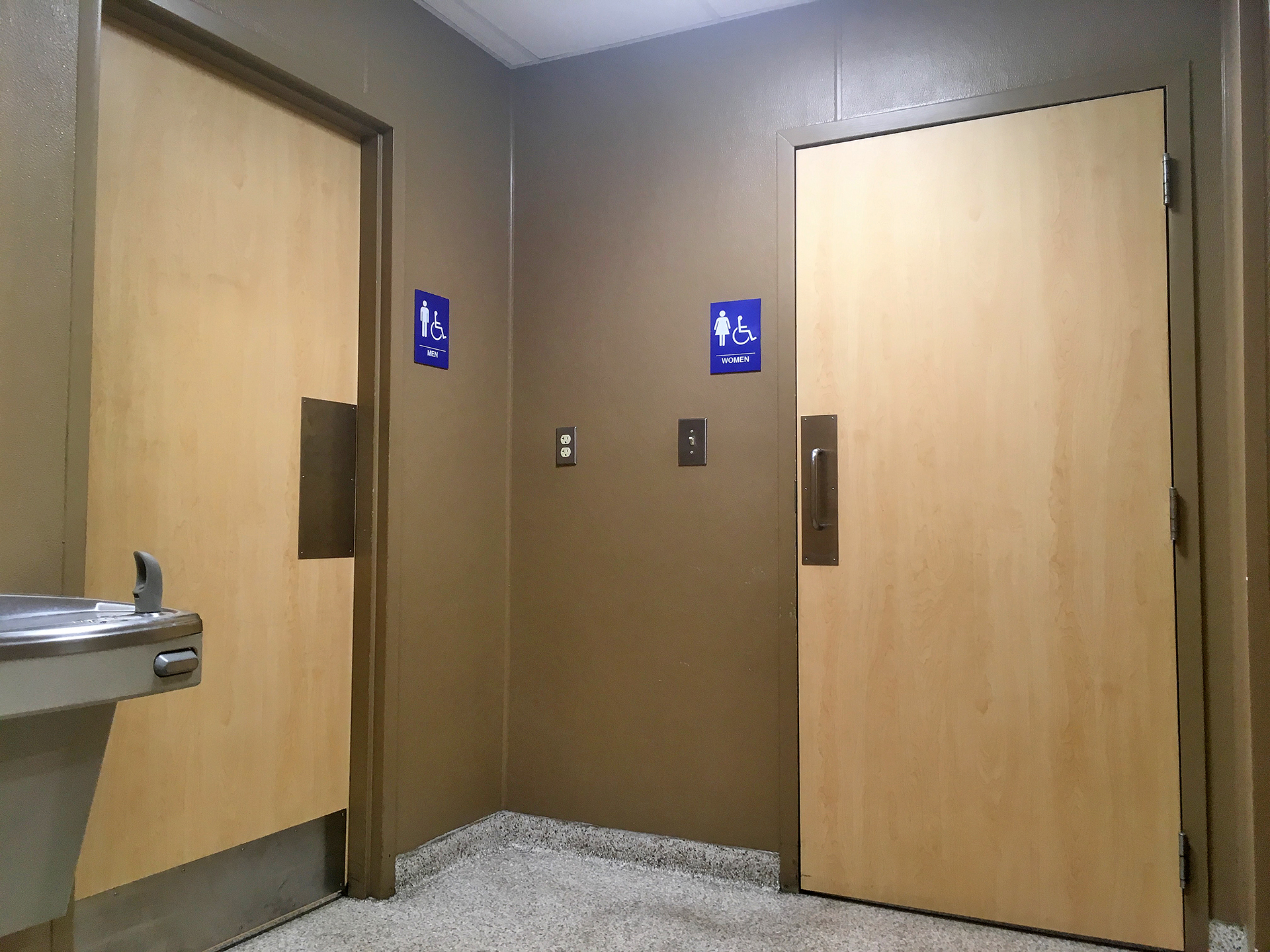
Actually, all you really need is a disposable paper towel — or, perhaps, a few of them. I do everything I can to never touch anything in a public washroom outright.
To enter the washroom, I use a paper towel — or, perhaps, the metal end part of a key or the cuff of my shirt or some other part of my clothing — to pull open the door. If the facility is busy enough, I may just wait a moment for someone else to open the door. If I can push the door open, I usually turn my body around and back into the door to open it.
Once I enter the public washroom and approach the urinal or toilet, I do not take on the stance of a super hero while whistling with my hands are on my hips or behind my head as a flash of glowing light emphasizes the muscles on my body and silhouettes the cape flowing in the wind behind me like some guys seem to do. Rather, I do what I need to do; and then use a paper towel to flush the urinal or toilet.
Yes, I know. That is rather devoid of excitement.
I then approach the faucet, I use fresh paper towels to turn on the faucet; use the soap dispenser; turn off the faucet; and activate the electric hand dryer if a button needs to be pushed. If necessary, I then use a paper towel to pull open the door and leave the washroom.
If a paper towel is wet, I discard it in a proper receptacle and use a new one.
That is it. I use no fancy gadgets or creative solutions to stay healthy — not even hand sanitizer — regardless of how disgusting is a public washroom.
If you need to use a toilet itself, you can either squat above the toilet itself or carry a disposable toilet seat cover — both without having to touch the toilet itself — and then flush the toilet with a paper towel.
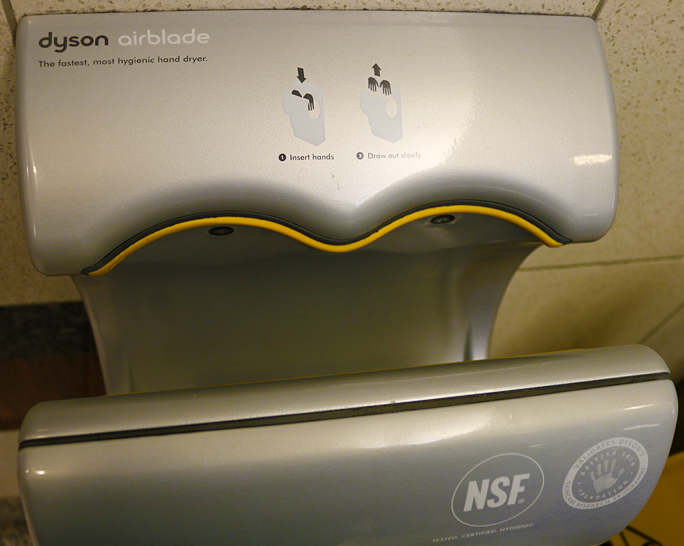
If you dry your hands using a device similar to the one shown in the photograph above, be careful not to touch the edges as you insert your hands to automatically activate the device.
Also, do not go too near to someone who is using an electric hand dryer, as droplets of moisture from their hands could accidentally spray onto you.
Are Touchless Faucets and Other Fixtures the Answer?
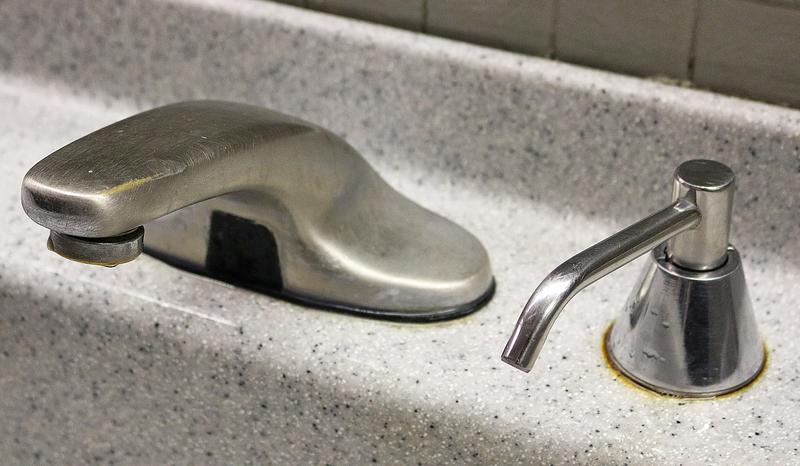
Touchless faucets and other fixtures may indeed be a viable solution to this issue — but when I first asked that question in this article on Wednesday, May 31, 2017, readers advised me in the Comments section that the main purpose of touchless faucets is to save water…
…but could touchless items installed in a public washroom be used to attempt to reduce the transmission of microbes from one person to another to decrease the chances of spreading any illnesses caused by viruses and not require the user to touch it through manual operation? Should the public washroom either have everything — such as a faucet, toilet, soap dispenser, towel dispenser, and hot air dryer as five examples — touchless?
Final Boarding Call
The information in this article applies to lavatories aboard airplanes as well as public washrooms.
The entire point of not contracting a communicable or infectious disease is to ensure that your hands are not contaminated when they touch any part of your face — and properly wash your hands on a regular basis. You can usually use most public washrooms without trepidation or having to “hold it in” if you simply follow this advice.
Many people simply do not do enough to stay reasonably clean; while some people overdo it, which is not necessary.
I have been in washrooms located in numerous airports and have seen all sorts of combinations of touchless devices combined with manually operated ones — for example, everything is touchless except for an electric air dryer, which has a button that must be pressed to operate it…
…and guess what? I rarely ever use liquid hand sanitizer; and yet, I have not contracted an infectious virus in years — not even the common cold.
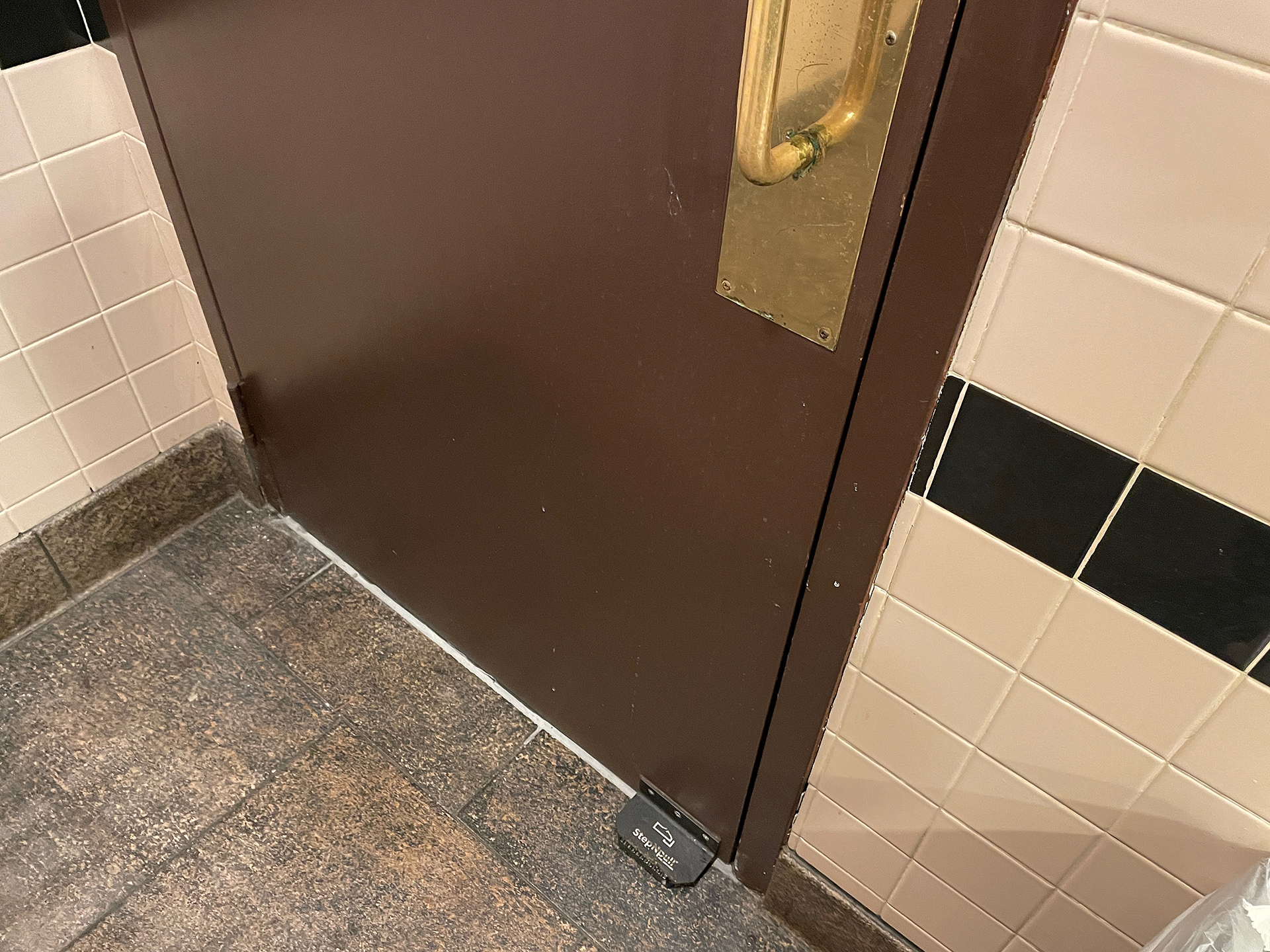
One development that I like of which I see more in 2025 is having the door to the washroom equipped either with a device that allows one to use his or her arm to open the door — or a device at the bottom of the door with which a foot could be used to easily open the door, as shown in the photograph above.
Let us conclude this article with a bit of trivia: several sources claim that the term restroom is used as a euphemism for a public washroom or toilet because comfortable chairs or sofas could purportedly be found in them during the first half of the twentieth century — especially at upscale restaurants and other types of venues.
Also: did you know that World Toilet Day is celebrated on November 19 of every year?
All photographs ©2015, ©2017, ©2020, and ©2022 by Brian Cohen.
